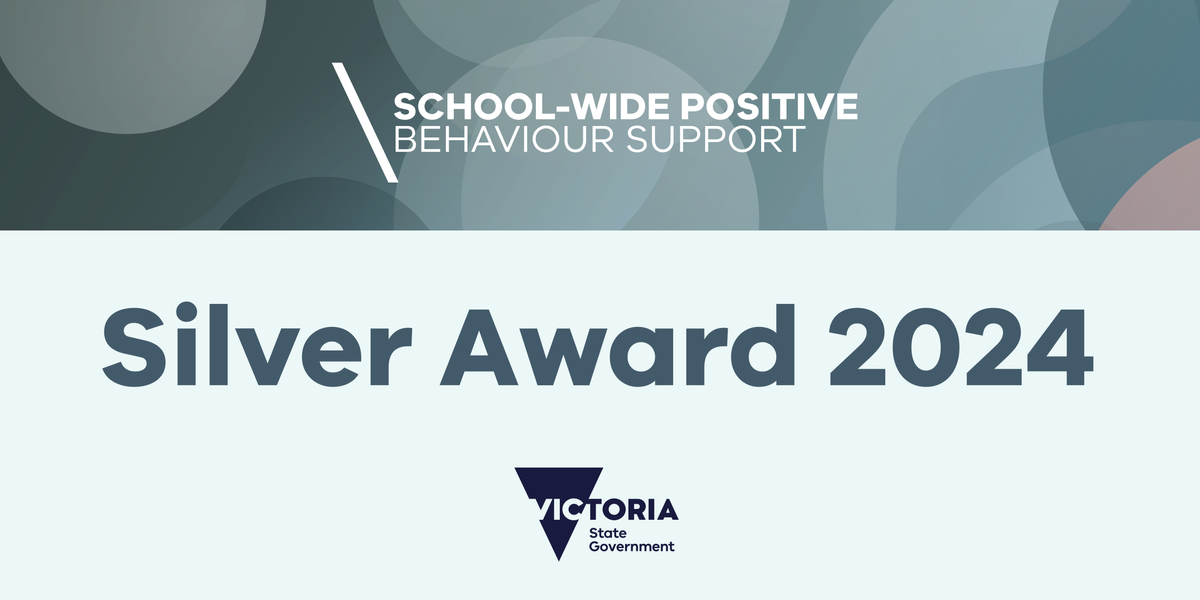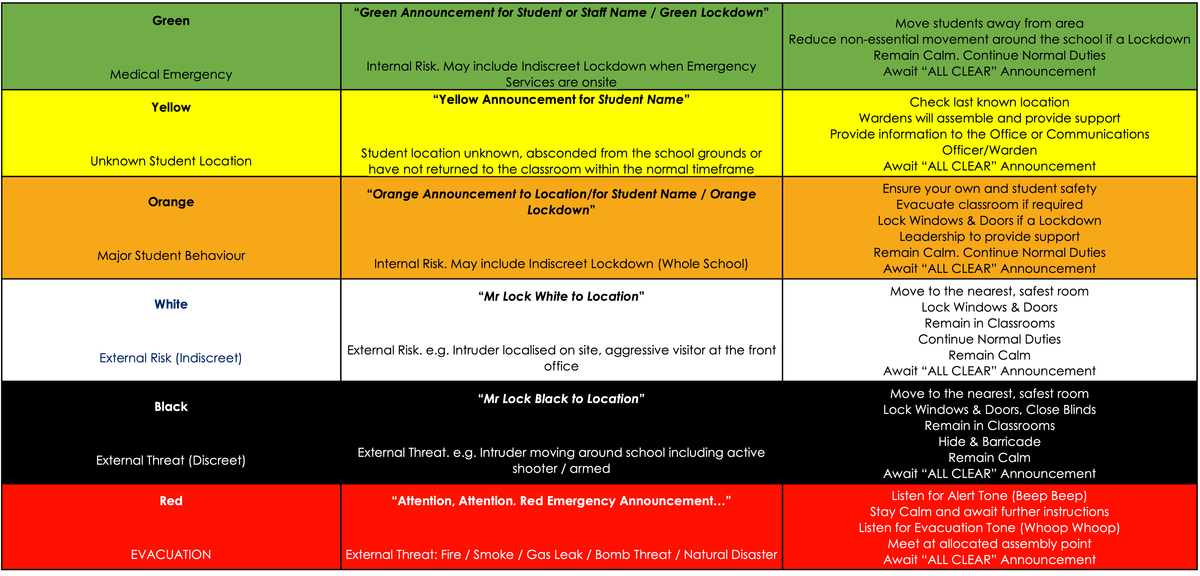Wellbeing

School TV
SchoolTV is a wellbeing resource that can support families in the challenges relating to modern-day parenting.
This award-winning resource helps build relationships, foster connections, enable understanding and break down barriers to navigate a pathway towards better mental health and wellbeing for young people. It can assist in starting conversations on topics that are sometimes awkward or difficult to tackle.
SchoolTV topics are conveniently arranged into a number of series. Topics feature interviews with leading youth wellbeing experts and researchers from around the world offering hours of relevant and practical information. Additionally, each topic includes a compilation of related resources from key organisations providing a comprehensive stream of content. Resources include informative fact sheets, articles, apps, books, podcasts, websites, and other videos - all related to a single topic, in one place for easy access!
Behaviour Flow Chart 2025
Staff should continue to redirect a student, re-teach expectations using the language of the skills on our new PBIS posters, and repeat this process three times to reinforce our expected behaviours. In the fourth instance, staff should write a minor incident "office referral" form. These are managed by the teacher in the classroom with the support of your team.
Major behaviours are initially managed within the classroom where possible, but leadership may be required to support the behaviour and de-escalate the situation. It is vitally important that you keep yourself and other students safe at all times. Where required, remove the other students from the zone.
Thank you for your efforts to reduce the amount of PA announcements throughout the school day. This is disruptive to classroom learning, neighbours and meeting with families and external visitors. For Behaviour Support, staff should continue to call 301. Following staff feedback, we are now setting up virtual extensions so that this calls leadership mobile phones instead of office phones. We are also purchasing new cordless handsets. Where possible, your sub-schools leading teacher will be the first to respond to ensure consistency aligned with the student's behaviour support plan. Where they are not available or dealing with another behaviour, other members of leadership can also attend to support. Do not intervene physically or verbally if the student is escalated.
For major or critical behaviours, a PA announcement can be made using #40 for "Orange Annoucement to class/location please". Staff may also call an Orange Lockdown during an emergency management situation.
The PBIS Behaviour Flow Chart:
Emergency Management Codes:
Last year, the Jackson Student Leadership Team (JSLT) gave quite specific feedback about their experience of the change to the new codes. These have caused some confusion and distress due to the confusion between Orange Announcements and Orange Lockdowns where they both relate to major/critical student behaviours. Please ensure you have explicitly discussed these changes with your students. There is a social story below to support students' understanding of this.
Restraint and Seclusion Policy
Last year, restraint and seclusion were been a hot topic within the media for people with a disability. Where this pertains more to NDIS therapists working with neurodiverse students with autism spectrum disorder and intellectual disabilities, the following policy guidance below is a good reminder for us all.
The Restraint and Seclusion policy outlines the circumstances where physical restraint and seclusion are permitted in Victorian government schools.
Physical restraint and seclusion are only permitted in exceptional circumstances where it is necessary to protect the physical safety of a student or another person.
The policy outlines reporting and notification requirements and the responsibilities of school and corporate staff in relation to incidents of physical restraint and seclusion.
School staff must never use physical restraint and seclusion as behaviour management techniques, for convenience, as retaliation, or to discipline or punish a student.
Physical restraint must never be used where it has the effect of:
- covering a student’s mouth or nose, or in any way interferes with breathing
- taking a student to the ground into the prone or supine position
- putting stress on a student’s joints
- applying pressure to the neck, back, chest or joints
- deliberately applying pain to gain compliance
- intentionally causing a student to fall
- having a person sitting, lying, or kneeling on a student.
The following behaviours are prohibited:
- headlocks, choke holds, basket holds, bear hugs, therapeutic holding or wrestling holds (including full or half nelsons)
- using a hog-tied position
- straddling any part of a student's body
- dragging a student along the ground.
Physical restraint and seclusion must never be included in a student plan including behaviour support and student safety plans. Designated seclusion rooms and areas that are primarily used for the purpose of seclusion are prohibited. Preventing a student from leaving an area normally used by students with a locking mechanism is prohibited.
Doors and door handles installed in such a manner as to prevent a student from leaving the room unassisted are prohibited. Physical restraint is not permitted to be used to vaccinate a student.
The Department has recently updated the Restraint and Seclusion policy to:
- Fact sheet: Staff intervention in physical altercations between students
- list supervised situations that do not meet the definition of seclusion
- include additional information about new professional development to help school staff learn more about the policy
- provide guidance to help schools and National Disability Insurance Scheme (NDIS) practitioners to work together. For example, it is the responsibility of a school principal to determine whether a NDIS behaviour support practitioner can attend a school site and whether student information can be provided to them.
Please familiarise yourself with the updated policy and your school’s responsibilities.



